

![]() History
of the Severodvinsk
History
of the Severodvinsk
The banks of Severnaya Dvina (North Dvina) were first discovered in the beginning of
this millennium by Vikings. English and Norman ships were coming to the Severnaya Dvina
mouth for furs and fish until 13th century when overall climate's turning cold made
navigating in the north seas dangerous and a waterway from Europe to Severnaya Dvina was
forgotten for 300 years. In 15th century, almost half-century before appearance of
Archangelsk port, at the walls of Nikolo-Karelski monastery on the south coast of Nikolski
mouth, first Russian northern port was functioning. In the august of 1553, a storm threw
out one of English ships looking for northern way to India. Richard Chensler was a
commander of the ship called "Edward - blessed venture" (or similar). One of the
streets of Severodvinsk now bears Richard's name. Chensler visited Ivan the Terrible and
got his support, after evaluating all the benefits of discovery of the Russian land. As a
result, England got trade privileges from the Russian czar. From the walls of
Nikolo-Karelski monastery the first ambassador of Russia in England Osip Nepeya (native of
Vologda) left to go to England with Richard Chensler. The foreign trade ships started
coming to the walls of monastery and on Yagri (Pink Island) warehouses were constructed
for holding goods.
From the beginning of 16th century Severnaya Dvina became the most important river in
Russia, and was superseded by Volga only in the 17th century. Peter the Great' Act of 1722
prohibited unlimited import of foreign goods and it gradually decreased the foreign trade
and diminished the role of Russian north. However, even after Russian establishment on the
Baltic Sea, Severnaya Dvina remained the main waterway linking the center of Russia with
north, Europe and Arctic. Around the beginning of the 1930's, the need arose for
modernization of the Navy. Russia was facing the war and needed appropriate Navy to defend
itself.
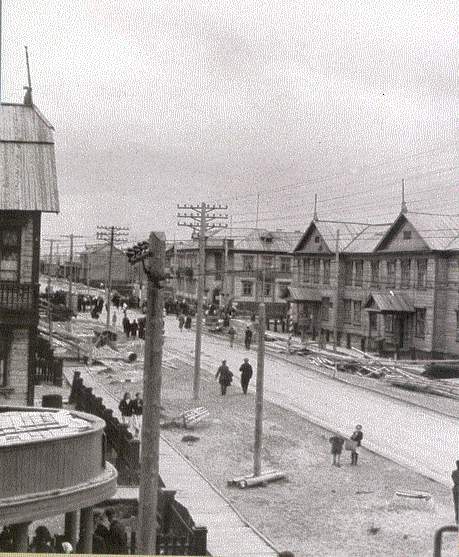
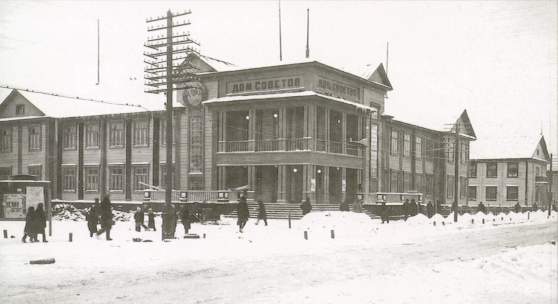
Builders of the future city arrived on the boat "Ivan Kalyaev" in June 1936.
They discovered ruins of the Nikolo-Korelski monastery on the deserted banks of Severnaya
Dvina, almost forgotten by that time. History of building Severodvinsk is similar to that
of Komsomolsk-on-Amur, Turksib, and Magnitka. The first builders of Severodvinsk were a
few of the Komsomol members as well as thousands of prisoners of Yagrinlag who were
brought there without their own will. Living in the tents among the cold and wet swamps
inhabited with mosquitoes, the builders laid down 50-km railroad in just 4 months and it
was put in use in November 1936. Soon houses and plants were being built. As an award for
the hard work the Government of USSR gave the settlement status of the city and named it
Molotovsk on August 11, 1938.
Near W.W.II, the city housed already 40,000 people, most of them moved there from other
areas of Archangelsk region. Fourteen thousand people left the city to defend Russia
during the war, only 4,000 came back. Women and teens replaced men on the plants. Despite
starvation and cold, thousands of bombs and missiles signed "A gift for Hitler"
were produced.
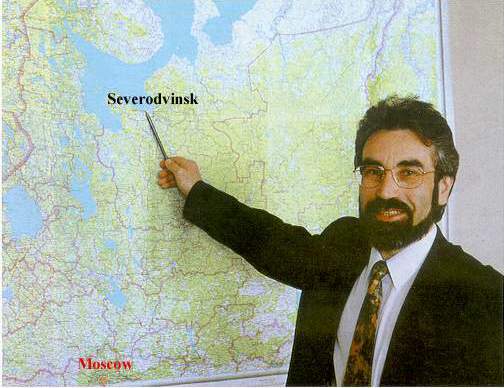
Molotovsk sea port was open just in a few months, and in December 1941 it was already functioning. For a long time, according to official announcements, cargo received through lend-lease from England and the US was going through Murmansk and Archangelsk. However, more than a half of the ships going to Archangelsk were unloaded instead in Molotovsk, a more convenient port in some respects. After the war, Molotovsk was renamed again - in 1957 it was given a name of Severodvinsk (certainly, a more politically correct name).
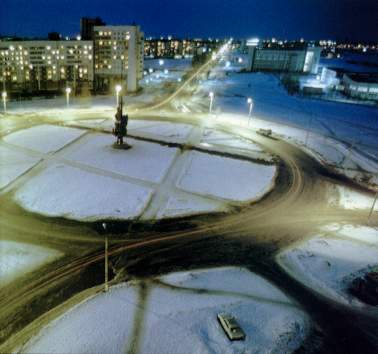
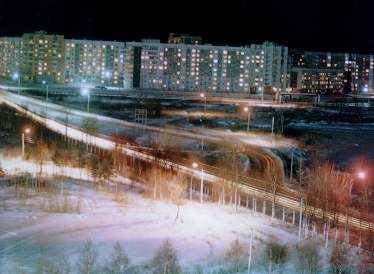
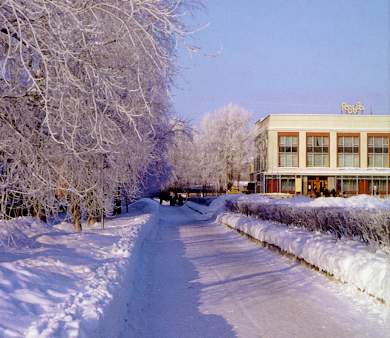
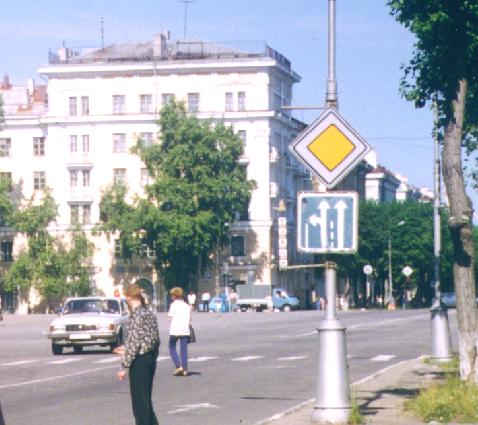
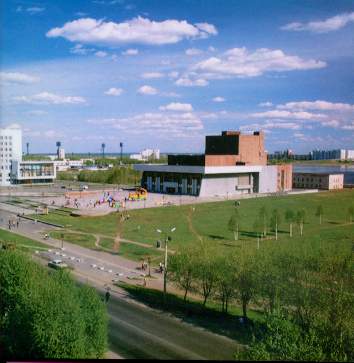
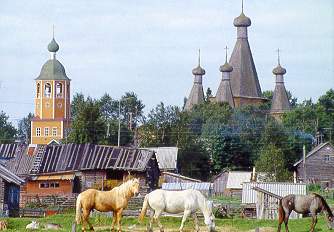

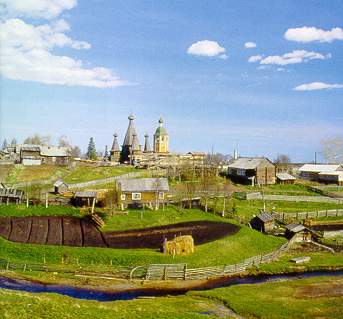
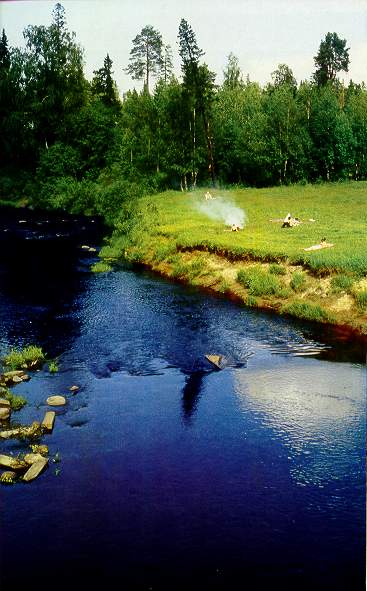

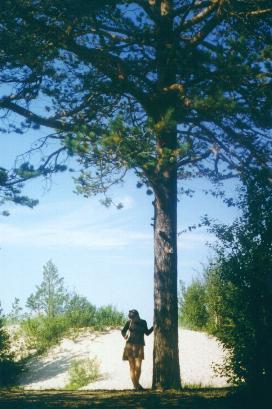
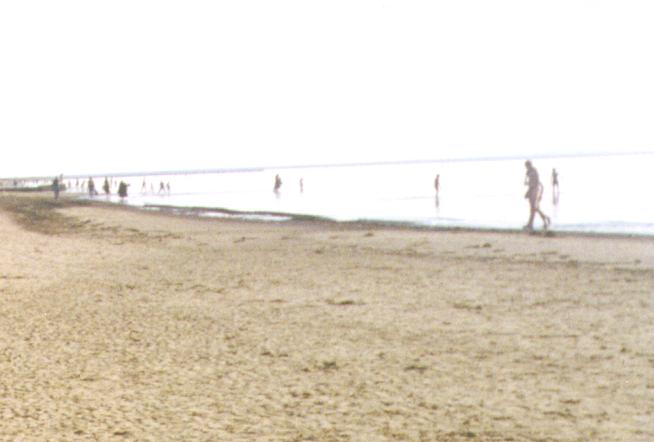
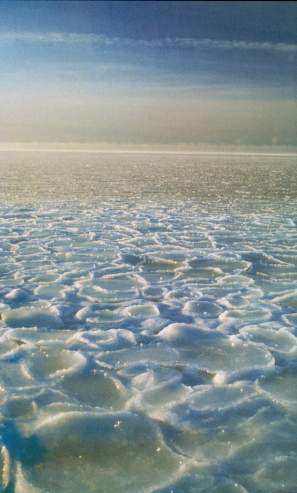
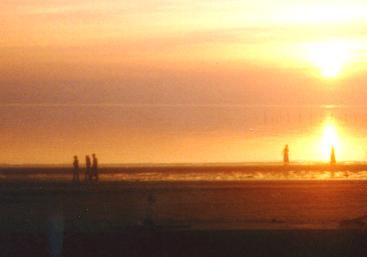
Now Severodvinsk is a second largest city in the Archangelsk region. It has a population of 246 thousand people. It's main industry remains defense - construction and repair of submarines. Here was built a first nuclear submarine "Lenin's Komsomol" in 1957.
![]()

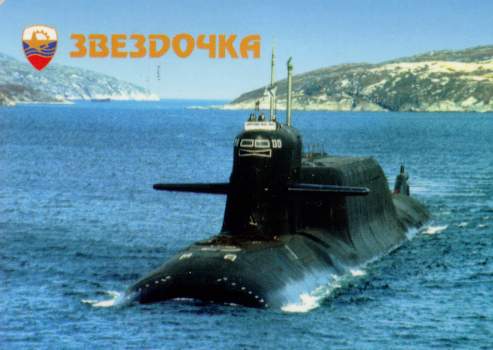
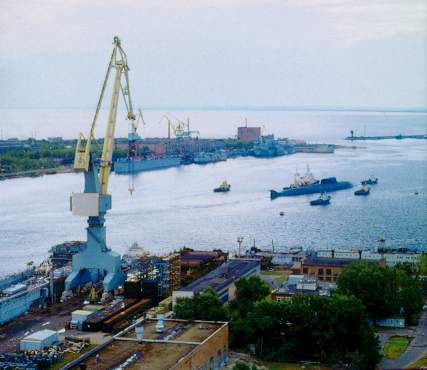
![]()
In the beginning of 1980's the world's biggest submarine ("Taifun") was also built here, and it was later recorded in the Guinness world's record book.